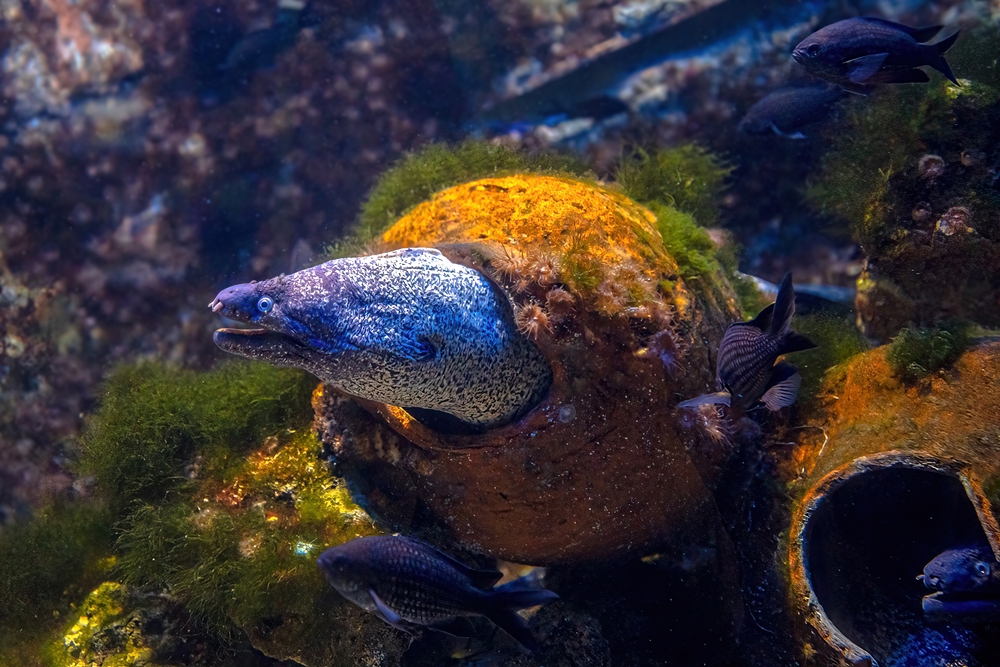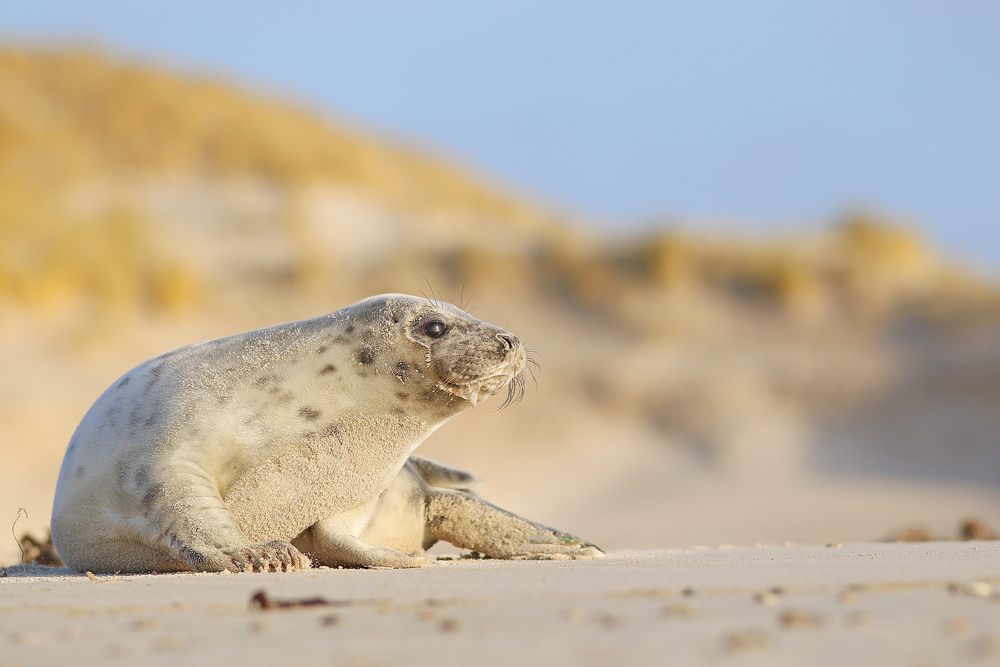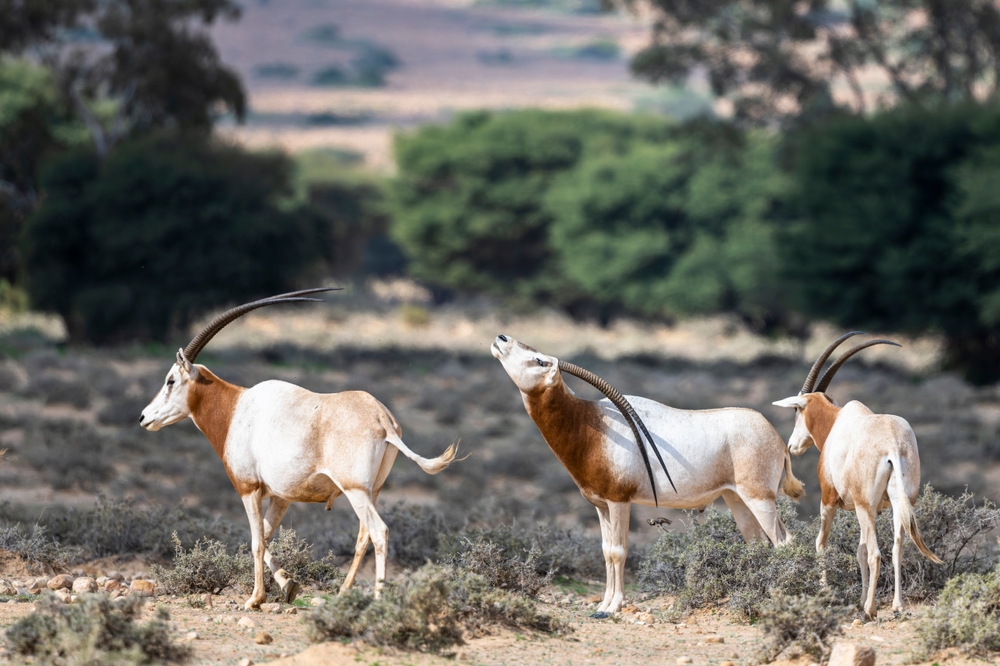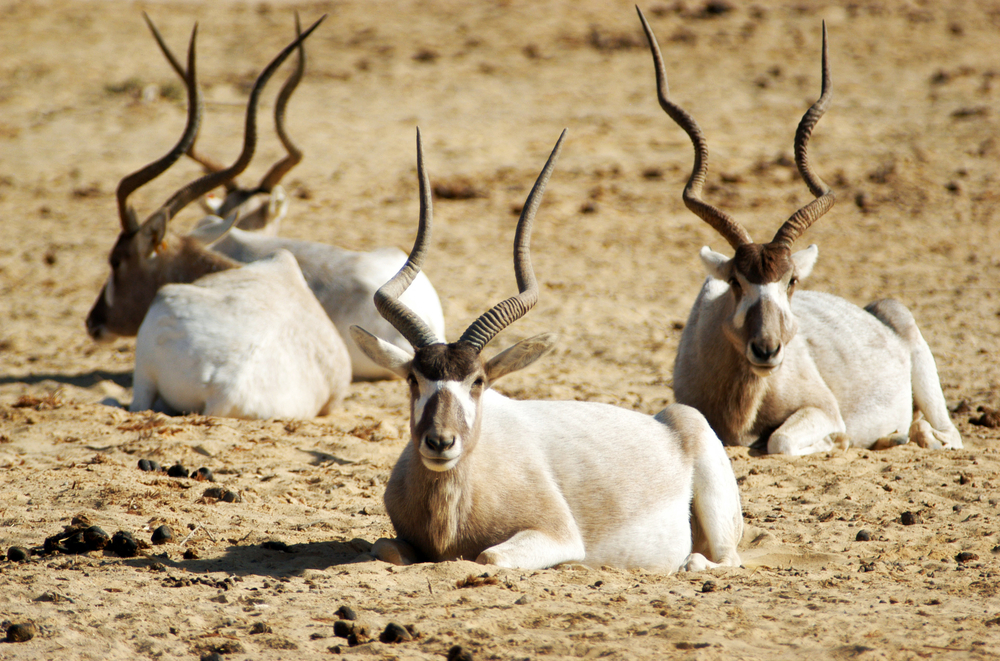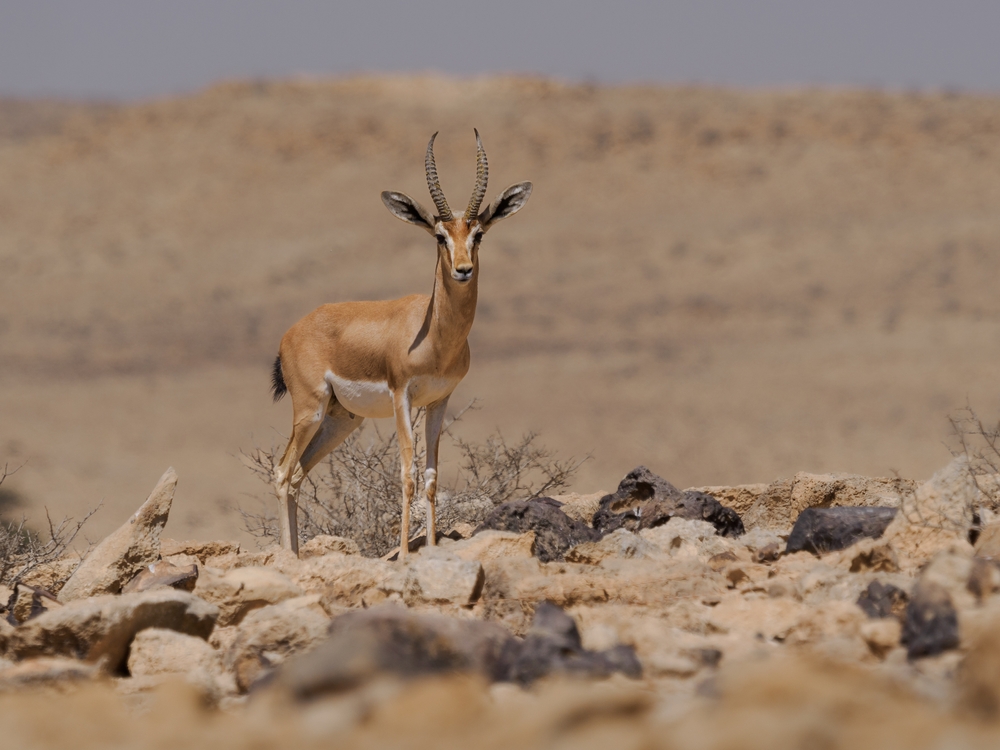Zembretta Overview
Zembretta National Park, locally known as Parc National de Zembretta, is a breathtaking and ecologically vital protected area located in the Mediterranean Sea, northeast of Tunisia. The park centers around the small, uninhabited islet of Zembretta and its surrounding marine habitat. Together with the neighboring Zembra National Park on Zembra, Zembretta forms part of the larger Zembra and Zembretta Biosphere Reserve, designated by UNESCO. This marine-terrestrial haven, established in 1977, spans approximately 3,400 hectares (8,400 acres) and is renowned for its pristine environment and unparalleled biodiversity.
The islet of Zembretta is characterized by its rugged coastline, with steep cliffs rising dramatically from the azure sea. These cliffs, along with its rocky shores and sparse vegetation, provide a sanctuary for a remarkable variety of flora and fauna. While the islet lacks mountains or waterfalls, its untouched beauty and remote setting offer a serene escape into nature.
Zembretta National Park is particularly celebrated for its role in avian conservation. The islet is a critical nesting site for Scopoli’s shearwaters, a seabird species that relies on the cliffs for safe breeding grounds. Other notable bird species include Audouin’s gulls, shags, and yellow-legged gulls, all of which thrive in the park’s protected environment. The park is an essential stopover for migratory birds, further enhancing its ecological significance.
The surrounding waters of Zembretta are teeming with marine life, making the park a critical marine biodiversity hotspot. The protected status of the area ensures a safe haven for various fish species, including groupers, sea breams, and moray eels. Dolphins frequently grace the waters, delighting visitors with their playful displays, while the rare Mediterranean monk seal occasionally makes an appearance, adding to the park’s allure.
The terrestrial vegetation of Zembretta is sparse but resilient, with species such as juniper, halophytes, and Mediterranean herbs like thyme and rosemary. These hardy plants have adapted to thrive in the islet’s arid and salty conditions, creating habitats for insects and reptiles. The vegetation also plays a crucial role in preventing soil erosion and maintaining the delicate balance of the ecosystem.
Zembretta National Park’s status as part of a UNESCO Biosphere Reserve underscores its importance in global conservation efforts. The park’s isolation and strict regulations on human activities, including fishing and tourism, ensure the preservation of its ecosystems. Conservation initiatives focus on monitoring bird populations, protecting marine habitats, and fostering environmental awareness.
Access to Zembretta National Park is highly restricted to minimize human impact, making it one of Tunisia’s most pristine natural areas. Visitors can explore the park through guided boat tours that provide opportunities for birdwatching, snorkeling, and observing the islet’s dramatic cliffs from the sea. The park’s remote and tranquil atmosphere offers a unique experience for eco-tourists and nature enthusiasts seeking unspoiled beauty.
In summary, Zembretta National Park is a testament to Tunisia’s commitment to preserving its natural heritage. Its ecological significance, untouched landscapes, and conservation success make it an invaluable treasure for future generations.








































































